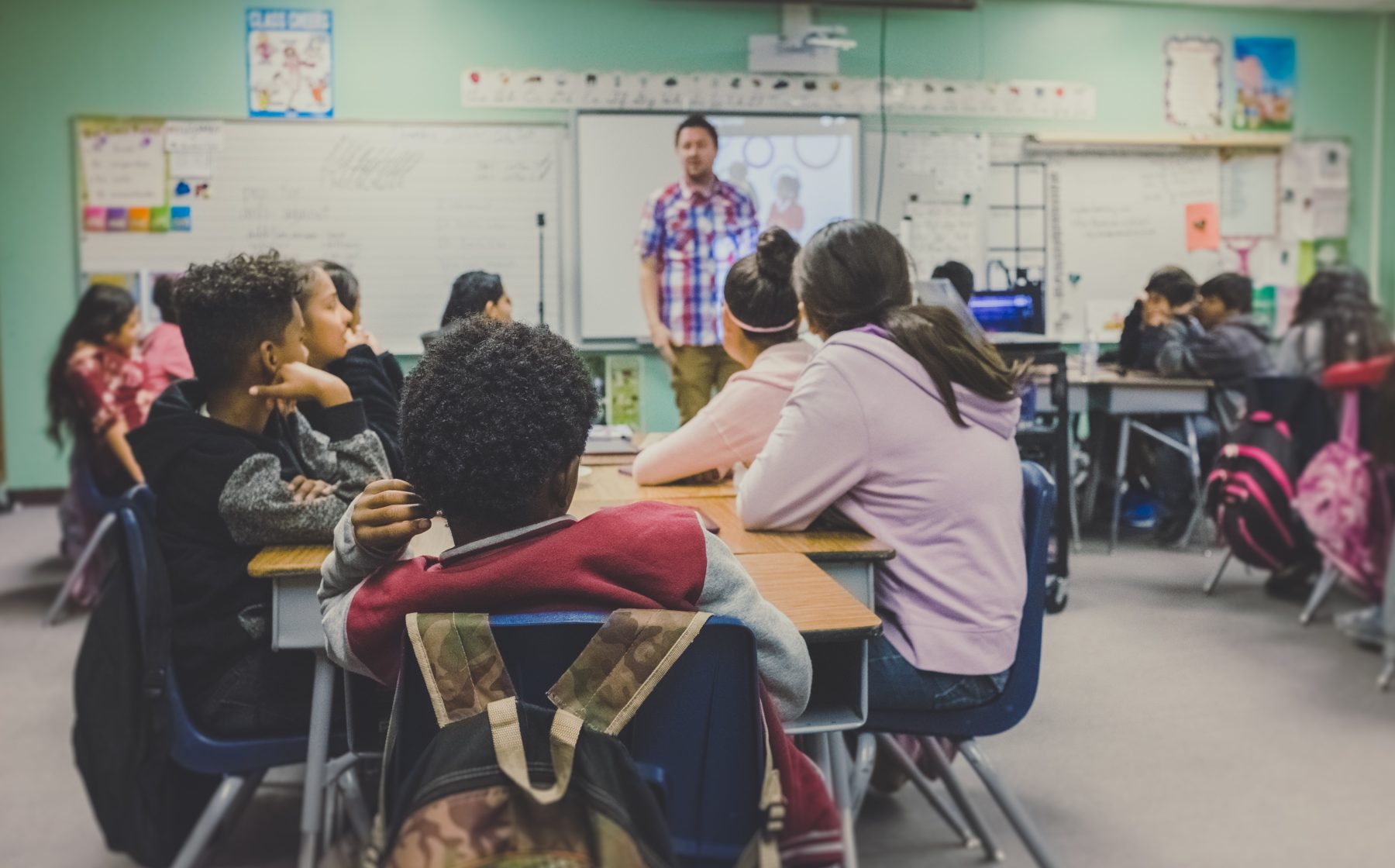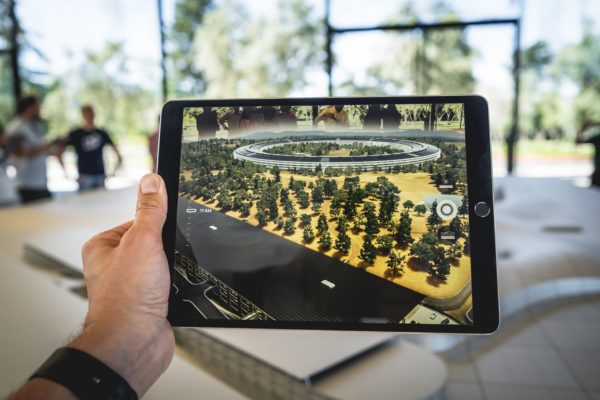The ‘new (back to school) normal’ is now a reality for many Victorian students, and support from home is crucial in this transition.
The coronavirus (COVID-19) pandemic has provided an opportunity to learn differently.
Some of us built stronger relationships with our children through schoolwork. Others have worked collaboratively and empathetically with teachers from their side of the desk.
And even some schools have experienced shutdowns after positive testing for COVID-19.
But importantly, parent’s around the nation have been supporting their children’s education in a way they never thought possible.
Parent-led and personalised learning
Clearly, the past few months have seen huge efforts from students, teachers, schools, and parents to keep going. Many teachers have encouraged parents to get their hands dirty and take up a mentor role for their children.
Dr Elizabeth Rouse, a senior lecturer in Early Childhood Education from Research for Educational Impact (REDI) in Deakin University’s School of Education, says parents should understand the impact of their mentorship on their child’s school year.
“During this experience, parents can see a deep insight into how their children learn and what their children are learning. Meaning, parents have developed a really close relationship with their children.
“In many ways, parents have also gained a different perspective into the work of teachers and what teachers do. It’s an opportunity parents will never get again.”
When a parent sits down with a child to complete schoolwork, it allows a strong bond to form between parent and child. It lets them spend time together in a way they wouldn’t normally during a school day.
Dr Rouse explains, this is very helpful for children who may have trouble participating: “If you’re in a classroom with many other students, you can quite often slip under the radar or become invisible.

“But, when there’s you and your parents at home doing the work, you’re less able to be invisible.
“Often students have risen to that challenge where suddenly they are being seen. For some kids, that’s been really validating, as their parents act as a supportive scaffold for them to take the next educational step.”
From previously leading the ‘Transition: A positive start to school’ project, Dr Rouse understands the significance of creating a good beginning for children’s learning journey.
This one-on-one parent support has meant many children are feeling ambivalent in the transition back to a collective classroom setting.
At this time, parents must remember to take the time to listen and allow their child to express how they’re feeling for a better transition.
Building communication
With many children back in the classroom as of June 9th, an open line of communication for their feelings and thoughts is key. It’s a parent’s mission to listen when their children decide to speak.
“All humans want some sense of control over what’s happening in our lives. And importantly, what makes a young child anxious is something that we as adults may not have thought about.
“We can’t make children talk about a particular topic, asking them to sit down and have a chat, that’s not going to work.”
At this time, parents have to be intuitive to see what’s happening for their child. It is important to work with the child to get inside their heads to understand how they’re feeling and what support they need.
“Children have to be able to talk at a time that works for them, not for us. The more pressure we put on children to talk about how they’re feeling the less likely they actually will,” explains Dr Rouse.
What’s next for teaching?
So, how has the perspective nature of teaching changed under COVID-19, and, is it for the better?
Dr Rouse notes that teachers have had to break out of their comfort zones to gain a fresh approach to what a classroom, virtual or not, can look like.
“It has given teachers the opportunity to think differently about what they are teaching and how they teach it. In some ways, it’s let them throw the rule books out.
“This flexible and openness has allowed teachers to expand on their creative thinking skills.
“Be it re-thinking what their class should learn or supporting their at-home learning, it’s one of the most exciting things for me as a teacher.
“Teachers have really jumped to the challenge and been able to look so differently at what they do and how they do it. I would really love to see this surge in creative thinking about learning continue.”



